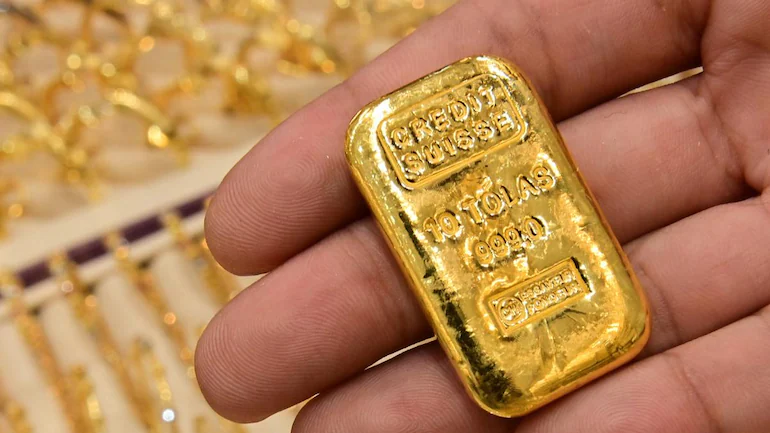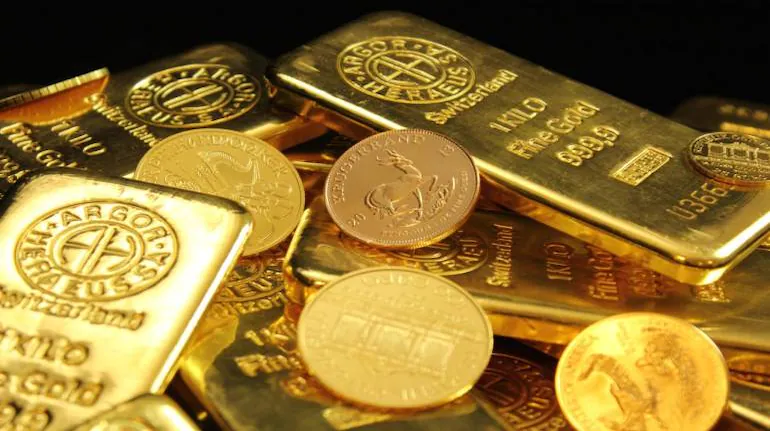Many factors have been taken into account in the trading of gold throughout its history. For all its intrinsic value, the human race has long valued gold as a precious metal that is extremely uncommon. There are a number of factors that have contributed to the volatility of its price, including a wide range of perceptions.
Gold Traders Should Keep The Following Factors In Mind When Making Trades:
Demand And Supply
Jewelry production and manufacture (50 percent) and investment objectives (25 percent) account for the majority of global demand (40 percent ). The price of a product can rise if there is a shortage of supply. However, if demand is inadequate, an oversupply can lead to reduced pricing.
The Market’s Mood
Gold’s price may rise as a result of the global economic uncertainties caused by political unrest and/or instability. Traditional safe-haven assets like gold have long been used to protect capital in periods of severe inflation or economic decline. As a result, during times of market instability, many investors turn to gold as a hedge. As a result, the price may rise and vice versa.
A Currency’s Fluctuation
The value of the dollar has a significant impact. Why? Because it’s traded in the world’s most important currency. The gold price tends to climb whenever the worth of the USD decreases; conversely, the gold price tends to fall so when value of a USD increases. By keeping an eye on the U.S. dollar index, investors can keep tabs on how strong or weak the dollar is relative to other currencies. As a result, when the USD gains, the index increases, and when the USD weakens, the index decreases.
Gold’s supply and demand are heavily influenced by the actions of central banks. In recent years, they’ve continued to add to their gold holdings, making them a major player in the gold market. The price of Gold rises as central banks raise their gold holdings, which reduces supply in the market.
Similarly, if a country chose to sell gold & floods the market, then course, this will have an impact on the asset’s value by lowering its price. Central banks wield far more power than simply purchasing and selling real commodities. As a result of central bank tools like interest rates and monetary policies, such as quantitative easing, gold prices can be influenced by the underlying global economic conditions.
Gold Prices Are Also Influenced By Technical Variables, Such As The Following:

Prolonged Patterns
Most of the time, gold’s price follows a clear upward trajectory. As a result, trend following & breakout tactics are suitable for using it. When current prices break 6-month highs or lows, the metal usually has a strong trend. For example, if the gold market’s month end price is at its highest level in six months, it will be considered “bullish” for that market. Read also Make Money With Gold?.
Volatility
The market’s level of volatility can be defined as the degree to which prices fluctuate from one moment to the next. The ATR (Average True Range) indication is the greatest way to track or measure volatility. Whenever the daily ATR is over the average of 15 days, it’s a good bet for day traders to get in on the action.
It is important to remember that there is a degree of risk associated with trading in this marketplace as there is with any other.
To Get The Most Out Of Gold Trading, Here Seem To Be A Few Tips:
A “safe haven instrument” like gold and the yen can move in same direction, which is why they are often contrasted. In many cases, you may verify your trade setups by making that comparison.
Keep in mind , commodities might fluctuate more than currencies, so keep an eye on the price.
To find massive trade setups in market, use fundamental analysis.
If you want to keep gold trades overnight, watch out for rollover fees.
Since gold is a strongly moving commodity, trailing stops can be used to secure profits.
The XAU to USD rate is by far the most common Gold exchange rate. The trading terminal’s code for Gold is XAU.



